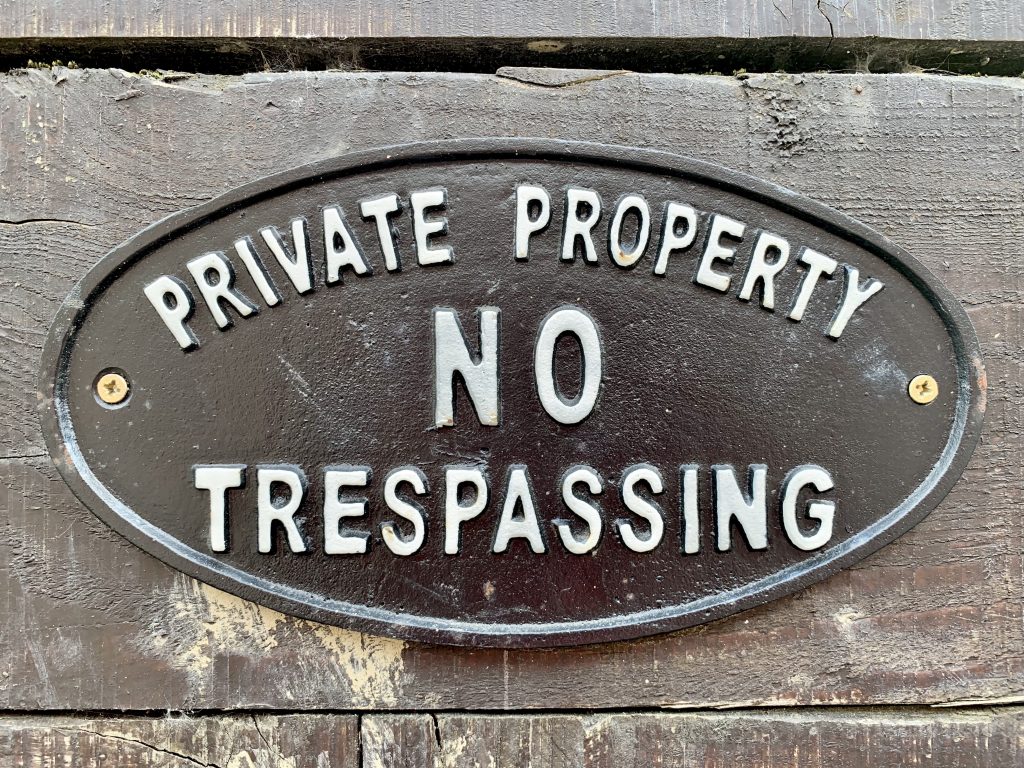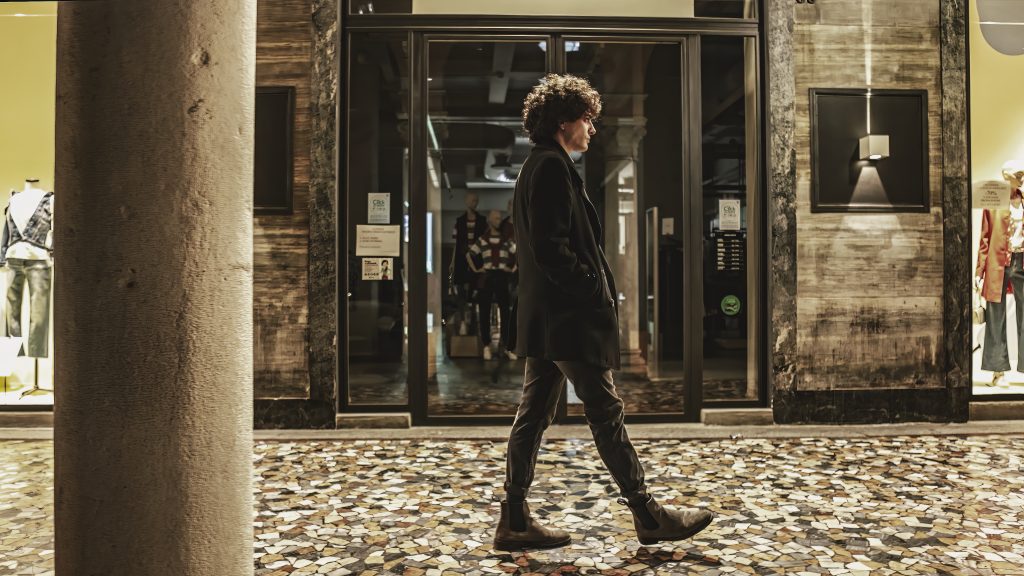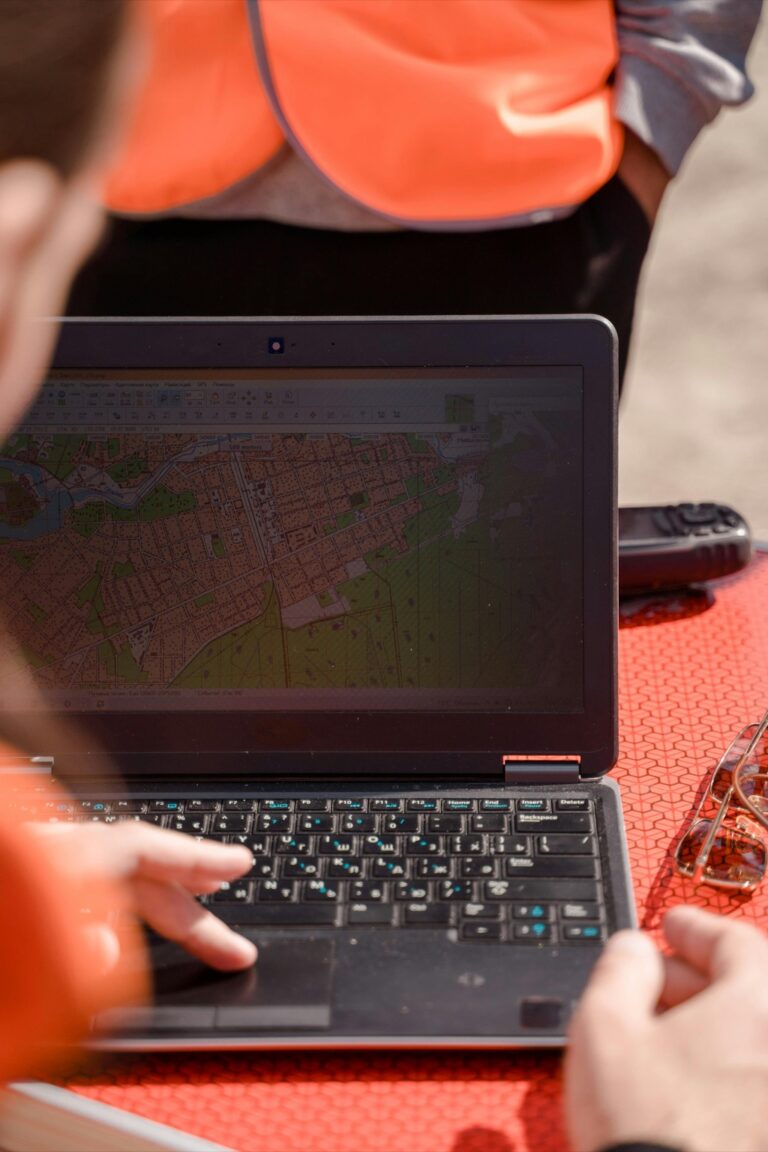5 Essential Rules of Urbex You Must Know
Urbex, or urban exploration, is the thrilling art of exploring forgotten and off-limits urban spaces. It’s not for the faint of heart, but for those who dare, it’s an adventure like no other—just remember to play by the rules.
Urban exploration is a form of time travel, uncovering the secrets of civilization’s past in abandoned buildings, tunnels, and factories. Each location has a silent story waiting to be discovered, turning explorers into decay detectives piecing together narratives.
However, this adventure comes with risks, demanding adherence to unwritten rules to ensure safety and preserve the integrity of these urban relics. As an experienced cartographer and Urbex enthusiast, I’ve witnessed the consequences of neglecting these rules. Let’s explore the cardinal commandments of urbex.
1. Safety First

When it comes to urbex, your greatest tool is your common sense. Always be aware of your surroundings and potential hazards like weak floors, asbestos, and sharp objects. It’s not being paranoid; it’s being prepared. Think of yourself as an urban astronaut—your safety gear is your spacesuit, and you wouldn’t venture into space without it!
Before you step foot in an unknown territory, make sure you have a clear exit strategy. If things go south (and sometimes they do), you’ll want to hightail it out of there without hesitation. Remember, no photograph or thrill is worth compromising your well-being.
To err on the side of caution, never explore alone. A buddy can be your lifeline, literally and figuratively. If you end up in a pickle, it’s your friend who’ll be there to help you out—or at least call for help. (And let’s be honest, it’s more fun to share those “Did you see that?!” moments with someone else.)
2. Legal Awareness

Let’s get one thing straight: trespassing is illegal, and ignorance is not a defense. Always do your homework and know the local laws before you embark on your urbex adventure. It’s not just about avoiding a run-in with the law; it’s about respecting the boundaries that are in place for a reason.
Sometimes, you can gain legal access by reaching out to property owners or caretakers. It’s a long shot, but when it works, it’s a win-win. You get to explore without looking over your shoulder, and they get the comfort of knowing their property is respected.
If you’re caught in a sticky situation, be polite and honest with authorities. A little charm and transparency can go a long way in smoothing things over. It’s better to be upfront than to weave a web of lies that could tangle you up even more.
3. Leave No Trace
This is the urbex golden rule: leave the space as you found it, or better. Don’t take souvenirs, don’t vandalize, and don’t leave trash behind. It’s about having respect for the spaces and their histories. Think of yourself as a ghost—your presence should be felt, but never seen.
Photography is a fantastic way to document your discoveries, but remember that the flash of a camera can be like a beacon for security. Be discreet and considerate of the fact that you’re in a space that has its own story, one that doesn’t need to be disturbed.
Sometimes the urge to leave a mark can be strong, but resist it. The true art of urbex lies in the ability to capture the essence of a place without altering it. (Plus, nobody wants to see “Dave was here ’23” scrawled on a historic wall.)
4. Plan Your Entry

Venturing into the unknown without a plan is like trying to navigate a labyrinth blindfolded—you’re going to hit a dead end. Research the location, know the best times to visit, and always have an escape route planned. It’s not being obsessive; it’s being smart.
Check the weather before heading out. The last thing you want is to be trapped in an abandoned warehouse during a thunderstorm. (Though it does sound like the perfect setting for a horror movie, doesn’t it?)
Always let someone know where you’re going and when you plan to be back. It’s a simple step that can make all the difference if you find yourself in a bind. Plus, it gives you an excuse to grab some celebratory drinks after a successful exploration.
5. Respect the Space

These forgotten places often have more than just dust and cobwebs; they have histories and memories, and sometimes, they’re even considered sacred. When you enter, do so with reverence and humility. You’re walking through someone’s past, and that deserves your respect.
If you come across personal items or sensitive locations, such as cemeteries or ruins, take a moment to acknowledge the lives that once intersected with these spaces. Urbex isn’t just about the thrill—it’s about connecting with the human narratives woven into the urban fabric.
And remember, these sites can be home to more than just memories. Animals and people may have taken refuge in these spaces. Be mindful of their presence and keep a respectful distance. Your exploration shouldn’t disrupt the lives that have found solace in the solitude.
Essential Gear Checklist
Before you set off on your urbex adventure, make sure you’re kitted out with the essentials. A good flashlight is your best friend in the dark, and sturdy boots will keep you grounded when the terrain gets tricky. Don’t forget gloves (those rusty nails aren’t going to be kind to bare hands) and a dust mask (because who knows what’s floating in that stale air?).
A camera is a must-have for capturing the eerie beauty of decay, but keep it secure and out of sight when not in use. And always carry a fully charged phone and a portable charger—because when was the last time you found a working outlet in an abandoned asylum?
Lastly, pack some water and snacks. Exploring is hard work, and you’ll want to stay hydrated and energized. (Just imagine the horror of being hangry in an abandoned subway tunnel.)
Handling Unexpected Situations
No matter how well you plan, urbex can throw curveballs that would make a major-league pitcher jealous. If you encounter security or law enforcement, remain calm and polite. They’re just doing their job, and a respectful dialogue can often de-escalate a tense situation.
In case of injury, having a basic first aid kit can be a lifesaver—literally. Know the basics of first aid, and be prepared to act if something goes wrong. And if the situation is beyond your help, don’t hesitate to call emergency services.
Sometimes, the unexpected can be finding something truly remarkable—a time capsule room, an untouched artifact, or a stunning view of the city skyline. In those moments, take a deep breath and soak it in. These are the urbex moments you’ll tell stories about for years to come.
The Ethical Urbexer
To be an ethical urbexer is to be an ambassador of decay. You’re not just exploring; you’re preserving history and sharing the tales of forgotten places. By following the rules and promoting responsible exploration, you help ensure that urbex remains a respected and sustainable practice.
Share your knowledge and experiences with the community, but do so with discretion. Oversharing locations can lead to vandalism and destruction. Be selective about what you divulge and to whom.
And always remember, urbex is about more than just the adrenaline rush. It’s about the profound connection you make with the past, the stories you carry with you, and the legacy you leave behind for future explorers.
Conclusion & Further Resources
Urbex is not just about breaking into abandoned buildings—it’s about uncovering the layers of urban history and respecting the stories etched into the walls. By adhering to these five essential rules, you can explore safely, legally, and ethically.
For those looking to delve deeper, there are countless resources available. From forums and social media groups to books and documentaries, the urbex community is rich with knowledge and experience. Just remember to keep your wits about you and your flashlight at the ready. Happy exploring!
Now that you’re equipped with the essential rules of urbex, you’re ready to embark on your urban adventures. Respect the past, cherish the present, and always keep exploring—but never forget, the best explorer leaves no trace.





